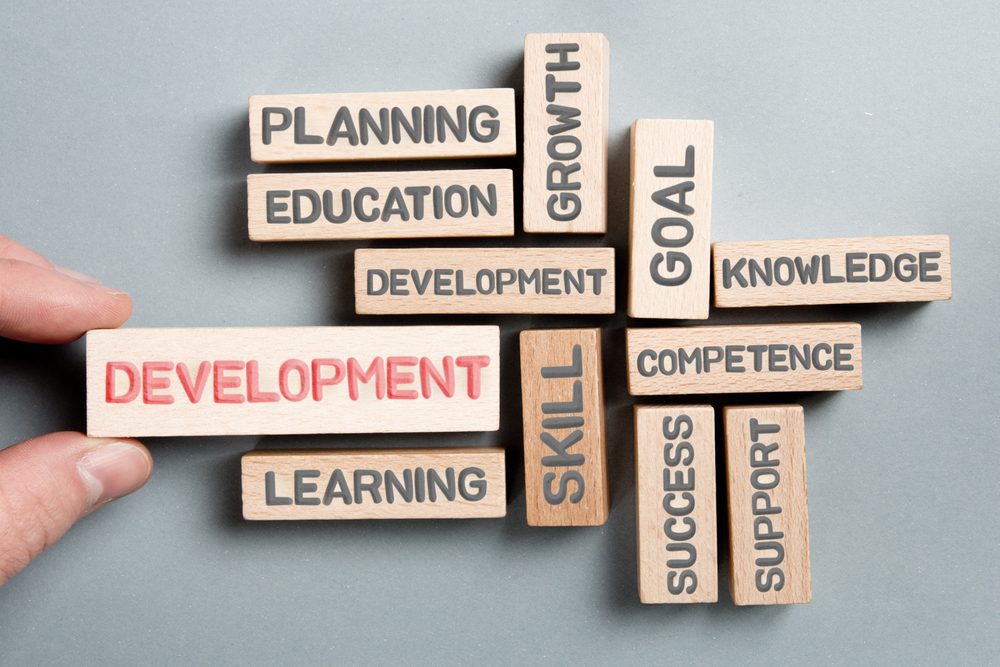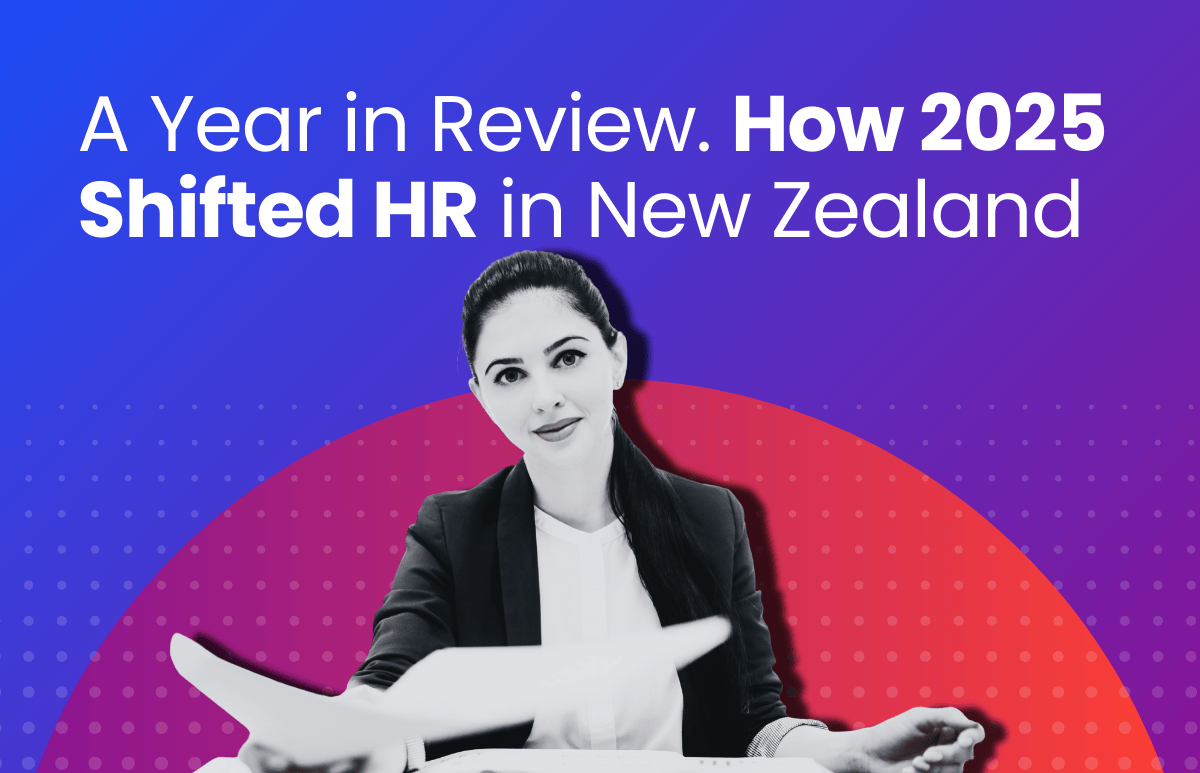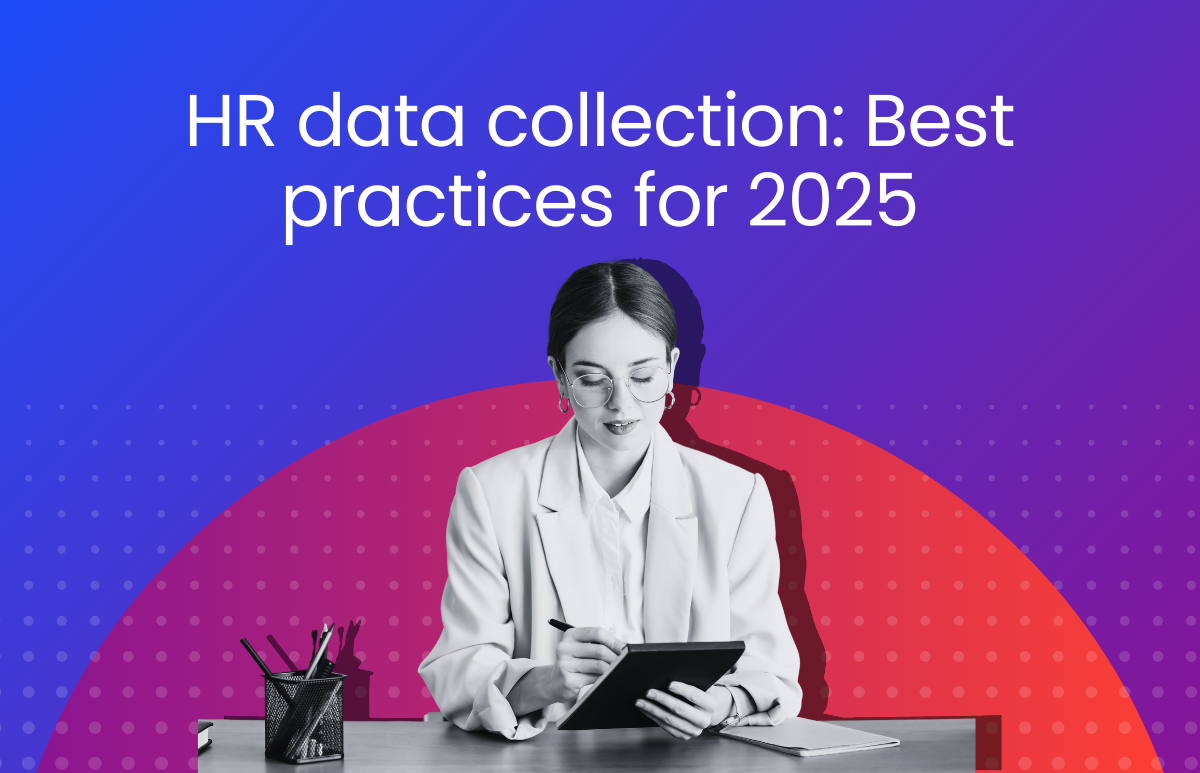Employee Learning and Development: HR Guide

The Employee Learning and Development process is not just about enhancing the skills of your workforce. L&D is about fostering a culture of continuous growth that benefits both the individual and the organisation.
Benefits of investing in L&D programs
When you invest in helping your employees learn and grow, they get happier and more skilled, and your business reaps the rewards. Here are some key advantages to consider:
Benefits for Employees:
Increased knowledge and skills
Gain the knowledge and skills to be a top performer today and take control of your future. They can hone existing skills, learn new ones, and stay up-to-date with industry trends.
Improved job performance and career advancement
When employees have the right skills and up-to-date knowledge, they excel and achieve more with ease. Improve your skills, see your performance, productivity, and career prospects all take off.
Enhanced motivation and engagement
L&D programs demonstrate an employer’s commitment to employee growth and development. Make employees feel valued, connected, and satisfied, and they’ll stick around and be more productive.
Personal and professional development
L&D goes beyond just job-specific skills. Programs can cover personal development skills like communication, leadership development, and problem-solving, allowing employees to grow not only professionally but also personally. This can empower them to take on new challenges and reach their full potential.
Benefits for organisations:
Increased productivity and efficiency
When well-equipped with the right skills, your workforce runs like a well-oiled machine, producing more with less effort. This can translate to higher profits, improved customer satisfaction, and a competitive edge in the market.
Reduced costs
L&D programs can help reduce operating costs in several ways. Upskilling your team leads to fewer errors, less need for consultants, and lower turnover costs.
Enhanced innovation and creativity
Training programs ignite learning fires, fuelling breakthroughs and an unstoppable team. This can help your organisation stay ahead of the curve and adapt to changing market conditions.
Improved employer brand and talent attraction
Grow your L&D team through top-notch training sessions, attract the best people, and watch your business thrive. This can help you attract and retain top talent, which is crucial in today’s competitive job market.
Increased customer satisfaction
Training employees in key skills boosts their ability to deliver high quality customer service. This can lead to improved customer satisfaction and loyalty, boosting your brand reputation and customer base.
Investing in L&D programs is a win-win situation for both employees and organisations. An investment in your workforce and, ultimately, in the future success of your company.
Trends and challenges in the L&D landscape
Learning and development trends
This comprehensive report by LinkedIn Learning delves into trends like personalisation, microlearning, and data-driven decision-making in L&D. It reveals that 83% of organisations want to build a more people-centric culture and 89% of L&D pros agree proactive skill building is crucial for navigating the future of work.
Personalised learning
Recognising the diversity of learning styles, organisations are adopting personalised learning approaches. This involves using technology like adaptive learning platforms and AI-powered recommendations to tailor content and delivery methods.
Microlearning
Short, focused learning modules are becoming popular because they work well for busy schedules and short attention spans. Microlearning allows employees to learn just in time and in context, enhancing retention and application of knowledge.
Technology integration
L&D is moving beyond traditional methods. Cutting-edge technologies like VR, AR, and LXPs are being used to design engaging and effective learning journeys. They are using gamification to boost motivation and engagement.
Focus on soft skills
While technical skills remain important, the demand for soft skills like communication, collaboration, and leadership is growing. The future of work demands teamwork and social skills, and training programs are rapidly adapting to meet this need.
Data-driven decision making
Learning programs are getting smarter. Companies are turning to data to learn what training sticks, how their employees learn, and where they can tweak things for even better results. This allows for continuous optimisation and personalisation of L&D initiatives.
Learning and development challenges
Budget constraints
Despite the recognised benefits of L&D, budget limitations can often hinder the implementation of effective programs. Finding creative ways to optimise resources and demonstrate the ROI of L&D investments is key.
Changing skills landscape
The pace of technological and industrial change demands constant adaptation of skills. Keeping L&D content relevant and up-to-date can be challenging, requiring continuous review and updates.
Engaging a diverse workforce
Catering to the diverse learning styles, needs, and preferences of a diverse workforce can be complex. Learning programs need to be flexible and accessible to ensure diversity and maximise participation.
Measuring impact
Effectively measuring the impact of L&D programs on individual and organisational performance remains a challenge. Developing robust evaluation methods and metrics is crucial to demonstrate the value of L&D investment.
Building a learning culture
Creating a culture of continuous learning within an organisation can be challenging. Encouraging a culture of long-term learning involves getting leaders on board, having supportive policies, and emphasising learning opportunities as a valuable investment.
Learning and development process
1. Needs assessment
A needs assessment actively identifies gaps between individuals’ or groups’ current and desired skills, knowledge, and abilities. The essential first step in creating effective training content that meets specific needs and helps achieve business goals.
Here’s a breakdown of what a needs assessment entails:
Defining objectives:
- What areas do you want to assess? Professional output, Team member’s skills, or Overall organisational knowledge?
- What performance standards are you aiming for?
Gathering data:
- Quantitative methods: Performance reviews, employee surveys, skills gap audit
- Qualitative methods: Interviews, focus groups, observations
Analysing data:
- Identifying strengths and weaknesses of individuals and groups
- Determining common skill gaps or knowledge deficiencies
- Aligning identified needs with organisational goals and priorities
Reporting and recommendations:
- Presenting findings in a clear and actionable way
- Recommending specific training programs or interventions to address identified needs
- Emphasising needs based on urgency and impact
2. Designing L&D programs
Designing L&D programs is the critical phase where you transform identified learning needs into engaging and effective learning experiences for employees. The bridge between what employees need to learn and how they learn it best. Here’s a breakdown of the key steps involved:
Define learning objectives:
- Set SMART goals: Specific, Measurable, Achievable, Relevant, and Time-bound
- Focus on desired outcomes: What skills or knowledge should employees gain after the program?
- Align with organisational goals: Ensure the program contributes to overall business objectives
Choose learning methods:
- Consider learner preferences: Use data from needs assessment and individual styles
- Match methods to objectives: Some skills require hands-on practice, others theoretical understanding
- Explore diverse options: Formal training, on-the-job training, mentoring, e-learning (online learning), blended approaches
Develop engaging content:
- Variety is key: Use interactive elements, case studies, simulations, role-playing, storytelling
- Ensure availability: Cater to different learning styles, languages, and abilities
- Focus on practical application: Make learning relevant to real-world work scenarios
Structure the program:
- Logical flow: Organise content in a way that builds upon prior knowledge
- Chunking and pacing: Break down complex topics into digestible segments
- Incorporate assessments: Check for understanding and reinforce learning
Digital transformation:
- Learning management systems (LMS): Manage enrollment, delivery, and communication (Course Builder, Course Library, Video Library)
- E-learning platforms: Gamify learning, offer microlearning modules, and personalise content
- Virtual reality (VR) and augmented reality (AR): Immersive experiences for practising skills
Pilot and gather feedback:
- Test the program with a small group: Identify any flaws or adjustments needed
- Collect feedback from participants: Use surveys, interviews, and observations
- Refine the program based on feedback: Iterate for continuous improvement
3. Implementation and delivery
The exciting stage is where the designed programs come to life and learners embark on their journey towards new skills and knowledge. It’s all about turning planning into action. Here’s a closer look at the key elements:
Launching and executing programs:
- Logistics and scheduling: Coordinating training schedules, securing venues, and assigning trainers/mentors
- Resource management: Managing budget, equipment, and learning materials
- Communication and transparency: Engaging learners with program details, expectations, and timelines
- Onboarding and orientation: Welcoming participants, establishing ground rules, and setting initial expectations
Ensuring engagement and motivation:
- Interactive activities and variety: Employing diverse learning methods (games, hands-on tasks, discussions) to keep learners engaged
- Collaboration and peer learning: Facilitating group work, knowledge sharing, and peer feedback to encourage teamwork and deeper understanding
- Positive reinforcement and recognition: Providing feedback, celebrating achievements, and acknowledging progress to motivate learners
- Building a supportive environment: Addressing challenges, offering guidance, and creating a safe space for learning and asking questions
Providing support and feedback:
- Tutoring and mentoring: Assigning mentors or tutors to offer individual support and guidance
- Help desk and resources: Providing access to learning materials, technical support, and FAQs
- Feedback loops and surveys: Incorporating regular feedback mechanisms to gauge learning progress, identify areas for improvement, and refine the program
4. Evaluation and measurement
The final stages in the employee learning and development (L&D) process, but their importance extends far beyond simply checking a box. They are about understanding the impact of your L&D programs and ensuring they are achieving your desired outcomes.
Here’s a breakdown of the key steps involved:
Assessing effectiveness:
- Choose appropriate methods: Consider learner feedback, skills assessments, performance metrics, pre- and post-training comparisons, and organisational data.
- Focus on different levels: Evaluate individual learning (knowledge gain, skill development), program effectiveness (engagement, completion rates), and overall impact on organisational goals (productivity, performance improvement, reduced turnover).
Analysing data and outcomes:
- Interpret data objectively: Analyse feedback, test scores, and performance metrics to identify strengths, weaknesses, and areas for improvement.
- Look for causality: Differentiate between program impact and other contributing factors.
Reporting and sharing insights:
- Present findings clearly and concisely: Highlight key takeaways and recommendations for stakeholders.
- Share results with program participants: Provide individual feedback and insights on their learning progress.
Continuous improvement:
- Use data to inform program revisions: Adapt content, delivery methods, or overall program design based on evaluation results.
- Set new goals and objectives: Continuously improve the L&D process based on evolving needs and organisational goals.
Case studies in the L&D program:
1. Unilever’s future learning platform: Unilever developed a virtual learning platform with personalised learning paths, interactive content, and social learning features. It provides bite-sized learning modules and adaptive learning technology, catering to employees’ diverse needs and busy schedules.
2. Netflix’s talent redeployment initiative: When faced with changing business needs, Netflix created a program to reskill and redistribute employees within the company. They provided personalised learning pathways, mentorship, and job shadowing opportunities, demonstrating a commitment to employee development and career growth.
3. Elmswood Retirement Village: The organisation heavily relies on paper-based HR processes, particularly in learning development and onboarding. They started with ELMO’s learning management system to address their primary issue and have progressively expanded its use.
Key takeaways:
Investing in employee development (L&D) isn’t just a perk, but a learning strategy game-changer:
For your employees:
- Fuel growth and career potential
- Boost engagement and happiness
- Unleash creativity and innovation
- Attract and retain top talent
For your organisation:
- Skyrocket productivity and efficiency
- Slash costs through reduced errors and rework
- Dominate the market with enhanced agility and innovation
- Build a winning employer brand and attract top talent
- Empower customer champions for exceptional service
L&D is an investment that pays off:
- Tailored programs based on specific needs
- Engaging and encouraging learning experiences
- Leveraging technology for personalisation and tracking
- Continuous improvement through data-driven measurement
Investing in L&D is investing in your people and your future. Unleash their potential and watch your organisation shine!
 HR Core
HR Core 










